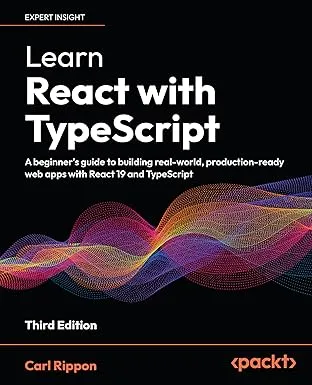Angular Form Validation
In the last post I introduced angular 2’s model driven form approach. In this post I’m going to go through how to implement validation rules on a model driven form …
Standard validators
At the moment there seem to be 3 standard validators which pretty much do what they say on the tin:
- Validators.required
- Validators.minLength
- Validators.maxLength
Here’s some component code that references the standard required and minLength validators:
export class LoginComponent { loginForm: ControlGroup; constructor(builder: FormBuilder) { this.loginForm = builder.group({ userName: ["", Validators.required], password: ["", Validators.minLength(6)] }); }}Multiple validators
You can use Validators.compose to specify multiple validators for a field:
export class LoginComponent { loginForm: ControlGroup; constructor(builder: FormBuilder) { this.loginForm = builder.group({ userName: ["", Validators.required], password: [ "", Validators.compose([Validators.minLength(6), Validators.maxLength(12)]) ] }); }}Custom validation
You can reference and implement custom validation as in the following example:
export class LoginComponent { loginForm: ControlGroup; constructor(builder: FormBuilder) { this.loginForm = builder.group({ userName: ["default user", Validators.required], password: ["", this.validateCorrectLength] }); } validateCorrectLength(control: Control) { if (control.value.length < 6 || control.value.length > 8) { return { validPassword: false }; } else { // Null means valid return null; } }}Some keypoints:
- The validation function takes in the field Control as a parameter
- Control.value gives the value of the field
- The function should return null if the field is valid
- The function should return an object if the field is invalid. This object is referenced in ControlGroup.errors when the form is in an invalid state
ControlGroup validation properties
There are some useful properties on ControlGroup (loginForm in the above examples) that can be used in validation code:
- ControlGroup.valid is a boolean that tells us whether the form is in a valid state
- ControlGroup.errors is null when the form is in a valid state. When the form is in an invalid state it returns an object of invalid controls
- ControlGroup.value gives the field values
One thing I haven’t worked how to do yet is async validation …
Learn React with TypeScript - 3rd Edition
NewA comprehensive guide to building modern React applications with TypeScript. Learn best practices, advanced patterns, and real-world development techniques.
View on Amazon